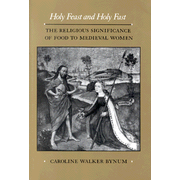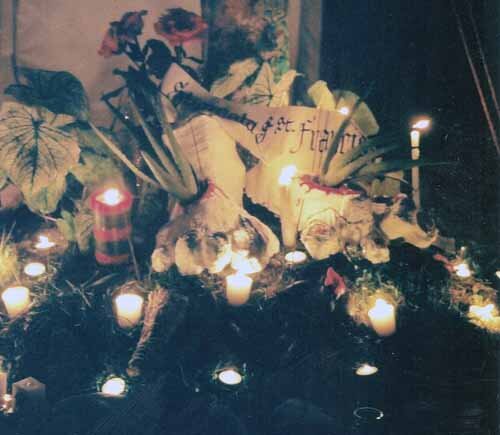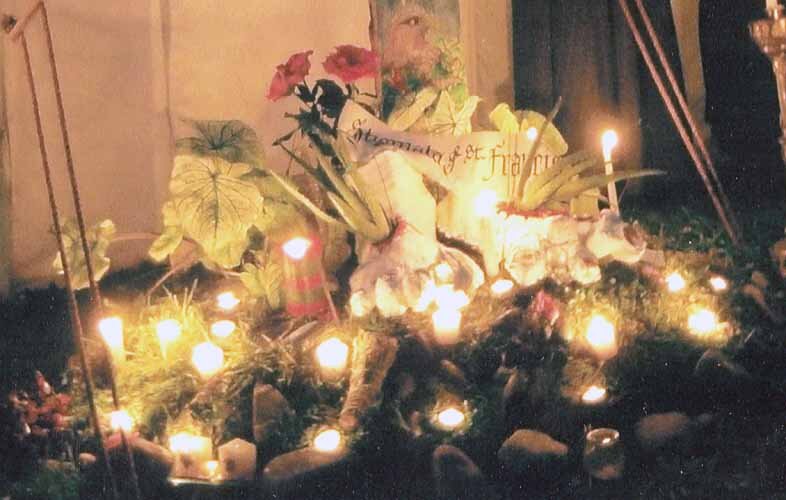
Giotto, St Francis Receives the Stigmata
Today as I was finishing up my sculpture, I started thinking about how we choose to serve humankind and the Divine. It seemed very clear to me that it is a choice. The choice that I have lived with most of my life is to serve through suffering. But this is not the choice I make now. I’ll explain using the example of medieval women mystics.The wonderful scholar, Caroline Walker Bynum, has written extensively on medieval women mystics. Her books Holy Feast and Holy Fast: The Religious Significance of Food to Medieval Women (The New Historicism: Studies in Cultural Poetics) and Jesus as Mother: Studies in the Spirituality of the High Middle Ages (Center for Medieval and Renaissance Studies, Ucla) changed my life because they helped me identify the path that I had been unconsciously taking. Bynum talks of medieval religious women who cultivated suffering. They rolled in glass and starved themselves to name just a couple of the physical punishments indulged in. It was part of the mystical path of Imitatio Christi. In the medieval period life was extremely hard. There wasn’t much you could do to mitigate suffering. So these mystics embraced suffering and gave it meaning. As Christ suffered on the cross to redeem and heal humanity, so the women would inflict pain and suffering upon themselves believing that through their own suffering humanity would be healed.I think, however, here is a major difference between what Jesus underwent, and what these women mystics underwent. His suffering was God-given. He did not seek it out; he only followed the path that had been laid for him. The medieval mystics, on the other hand put their own will into the matter. They constructed the idea of Imitatio Christi. I’m not saying it’s wrong. I adore these women and their writings. I only wonder how God might have appeared and how they might have served without exercising their will. St. Francis is interesting because he also practiced Imitatio Christi. He cultivated suffering, but he also accepted God-given suffering in his early illness and through receiving the stigmata later in life.I realized while I was sculpting today is that for along time I carried this idea that I had to suffer to serve God. I am not just talking physically either. I was not comfortable with joy and at ease with the calm passage of time. Some how it felt selfish and wrong to be happy when there was so much work to be done to heal the world. But now, this seems incredible hubris to me. I realized that I have released the need to suffer and I chose to serve God and humanity through light rather than through the darkness of suffering. Sculpting today I felt the light and was grateful.You can have an illness and not suffer. For me this is one of the main lessons of St. Francis' life. His stigmata smelled of roses.






